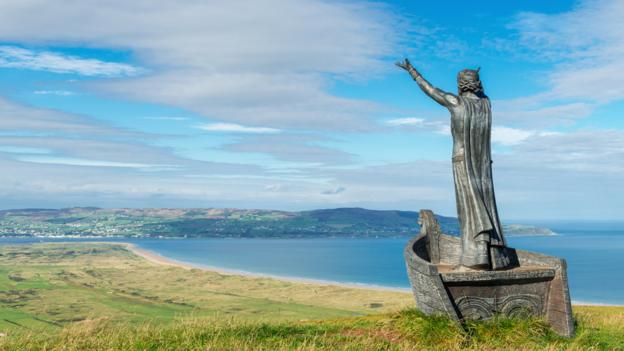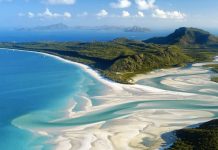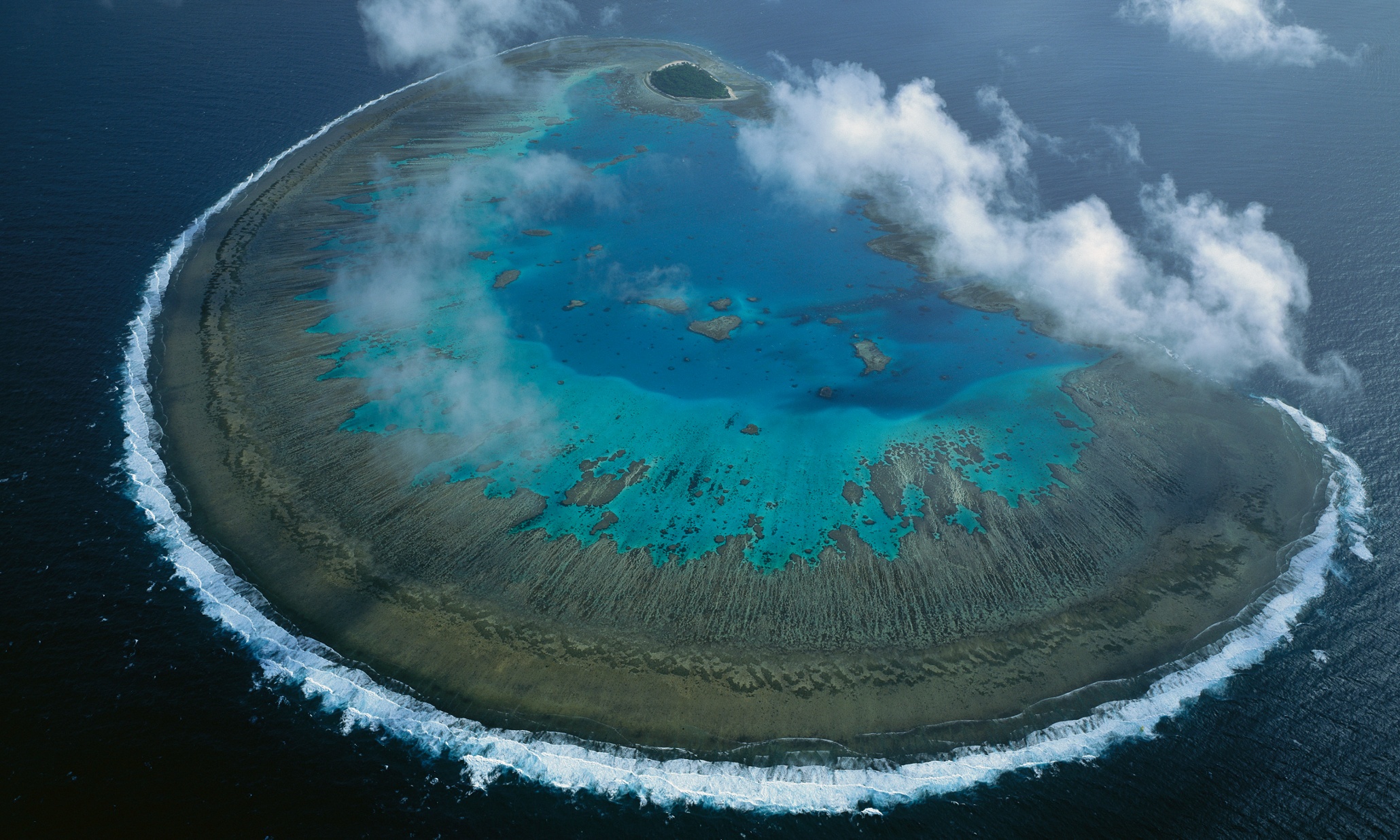This post may contain affiliate links. We may earn money or products from the highlighted keywords or companies or banners mentioned in this post.

One of the most bizarre news stories of 2015 was the January theft of a Celtic sea god. A gang mercilessly smashed the tall, steel and fibreglass statue of Manannán mac Lir, one of Ireland’s most captivating mythological figures. It had been erected in 2013 near a mountain in Derry County overlooking Donegal, the most northerly starting point of the Wild Atlantic Way, a 2,500km route that hugs Ireland’s dramatic west coast.
Mystery surrounds the theft of the statue, but it was believed to be linked to Christian fundamentalists offended by Celtic idolatry. The perpetrators left behind a wooden cross carved with the words “You shall have no other gods before me.”
Manannán, who borrowed iconography from Neptune, was depicted with a belted dress and long robe, his fragarach (sword) said to be able to cut through any armour. In Irish mythology, Manannán was a divine lord of the Tuatha Dé Danann (a supernatural race who colonized Ireland and lived in the Otherworld), and he was affiliated with Tir na nÓg (the Land of Youth or the Ever-Young). His horse, Enbarr of the Flowing Mane, which pulled his Wavesweeper chariot, could gallop over water as though it were solid land.
On my meandering journey along the Wild Atlantic Way – the world’s longest continuous coastal drive, brimful of inlets, tranquil peninsulas and sequestered villages – Manannán became a leitmotif and presiding sprit. At Lough Foyle, the estuary that separates Donegal from Derry, I learned that locals believe his spirit is released during fierce storms, now regarded as the new normal on the western seaboard. Some people are still heard to remark “Manannán is angry today” and believe he inhabits the offshore sandbanks between Inishtrahull Sound and Magilligan waters.
As I drove along the indentured coastline, developments unfolded in the statue’s increasingly puzzling tale. The police swept into action: a large-scale search, an appeal for information on a missing “person”, the involvement of the voluntary citizen Crime Stoppers group, and even a reward for his safe return filled the news agenda. More than a month after he was stolen, a party of hikers stumbled on his remains, unceremoniously dumped in a nearby forest.
Further south along the Way, Manannán is linked to Inishglora, an uninhabited holy island off the County Mayo coast. This island was the final resting places of the mythological Children of Lir, half-siblings of Manannán, who, according to legend, were magically turned into swans for 900 years. They spent 300 of it here, suffering great hardship in the Atlantic storms.
Neighbouring Connemara, a western region of Galway County, is a raw and desolate landscape of shelterless bogland, shimmering lakes, deserted Famine villages and beaches and coves where the tide creeps in over seaweedy black rocks and where narrow boreens (country lanes) end in a deserted jetty. It is an excellent place to listen to the booming breakers and absorb the tingling fresh air that has crossed 5,000km of ocean.
Here, the area around Mannin Bay at the southwestern tip of Connemara is known as the Kingdom of Manannán. Historians believe that Mannin Bay is named after him and he is thought to be an ancestor of the Conmhaícne Mara, the people for whom Connemara is named. The thick foamy waves that appear on days when the Atlantic heaves and gurgles are known as caiple Mhanannáin (Manannán’s seahorse). Local folklore has it that one day, Manannán’s daughter was caught in a storm while boating in Kilkieran Bay. When he saw the danger she was in, he conjured up a rock to rescue her. That rock, an unprepossessing grassy mound in the bay measuring just 21m by 15m is known as Oileán Mana (Mann Island).
As a shape-shifting god, Manannán was both a trickster and a magician, a philanderer and a cunning opportunist who moved the heavens and dominated the action. His bag, made from the skin of a crane, is said to contain the treasures of the Tuatha Dé Danann. These included knives, shields, shears and even bones; whoever has these is said to be safe from his enemies. Passed down through the storytelling tradition, legend has it that the treasures can be seen at certain times in the Western Sea (the Northern Atlantic Ocean) but at ebb tide they vanish. It is also believed that the bag holds the source of inspiration for all the poets of the land – a source of enormous power and potential.
Deeper in southwest Munster province, as I followed the narrow road that curls around Ballycrovane Harbour to a lonely headland at Kilcatherine Point on the northern side of the wild Beara Peninsula, I came upon the Cailleach Bhéara (Hag of Beara). This large rock, said to be a wise woman or witch and influential fertility and power goddess, stands on a commanding position with an unimpeded view of the wide arc of Coulagh Bay.
Blotched with lichen and furred with moss, the Hag has become a shrine, decorated with offerings like money and jewellery, and surrounded by a mosaic of wild flowers, such as bog asphodel, thyme, hawkweed and wild angelica. From her imposing spot, she is waiting for her consort Manannán to return. But in her case it was not just Manannán, but many other gods and demigods that she had as a lover. Reputedly, she had seven lifetimes, and 55 children on Beara alone by all the various gods and warriors.
Catch the right day, and this dazzling area of west Cork, with its shape-shifting light, wide skies and seascapes in harmony, will live long in your memory. It is the final section of the way and somewhere to reflect on the yarn spinning of mythology, folklore and legend in which the west coast indulges through its seanchaí,or storytellers.
Manannán mac Lir has now returned to his elevated position on the Derry coast. With little fanfare, a new statue – sculpted by Northern Irish artist John Darren Sutton – was quietly erected in February 2016 as part of a myths and legends trail. Raised again, a reinforced Manannán stands proud, arms outstretched, back in his rightful place as a swashbuckling figure in Irish mythology.
If you liked this story, sign up for the weekly bbc.com features newsletter, called “If You Only Read 6 Things This Week”. A handpicked selection of stories from BBC Future, Earth, Culture, Capital, Travel and Autos, delivered to your inbox every Friday.










